The Panama Canal connecting the Atlantic and Pacific Oceans has gone through 110 years of "life" with historical upheavals, even bloodshed, related to this waterway itself, as well as witnessing changes in the world.
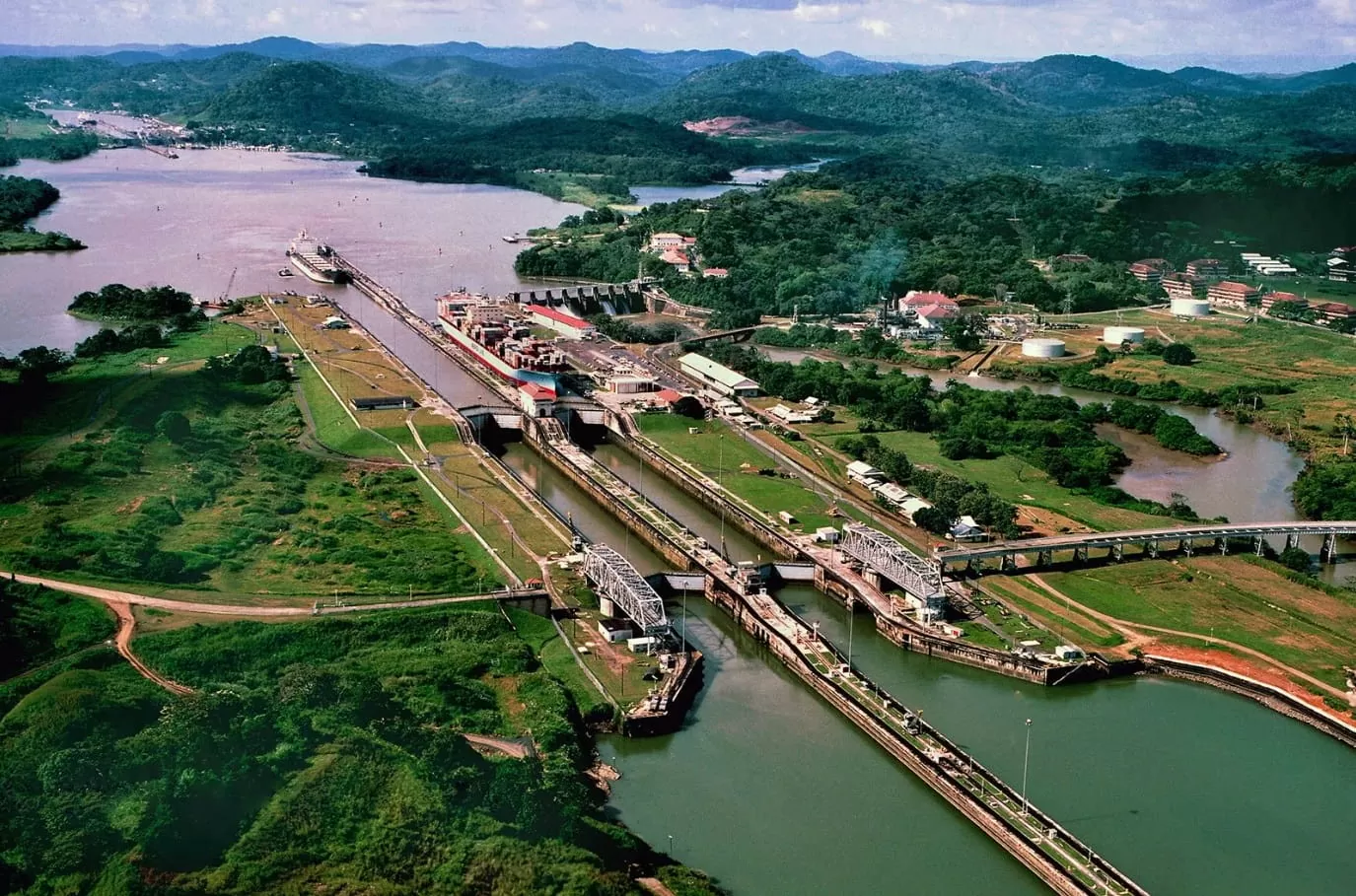 |
| The Panama Canal was built from 1881 and inaugurated in 1914. (Source: Dreamstime) |
The Panama Canal, 82 km long across the Isthmus of Panama and connecting the two great oceans, the Atlantic and the Pacific , is one of the greatest engineering works in the world, ranked by the American Society of Civil Engineers as one of the 7 modern wonders.
The construction of the canal was one of the greatest engineering challenges in history, lasting 30 years and going through two main construction phases with French and American participation.
Construction hardships
The idea of a transcontinental waterway dates back to the 16th century, when Spanish explorer Vasco Núñez de Balboa discovered the Isthmus of Panama and its potential to shorten shipping routes. However, it was not until the late 19th century that plans for a canal were officially put into action.
In 1881, France began the Panama Canal project under the leadership of engineer Ferdinand de Lesseps, who had previously succeeded with the Suez Canal. However, the project quickly fell into crisis due to technical difficulties, complex terrain, and tropical diseases such as malaria and yellow fever, which killed thousands of workers. In 1889, the project stalled when France stopped the project.
By 1904, the United States took over the project after reaching an agreement with Panama, which had gained independence from Colombia in 1903 with Washington's backing.
Under the leadership of engineer John Frank Stevens and later George Washington Goethals, the United States solved the problems that France had previously encountered. The project was redesigned, using a system of locks to raise and lower ships through different heights, overcoming difficult terrain. After 10 years of work, the Panama Canal was officially completed and inaugurated on August 15, 1914.
The success of the project revolutionized global shipping, creating a safe shortcut from the Atlantic to the Pacific Ocean that was much shorter than the dangerous journey around Cape Horn in South America.
Thanks to the Panama Canal, the distance from New York to San Francisco has been reduced from 22,500 km to just 9,500 km, increasing the efficiency of maritime transport and connecting more closely major economic regions such as Asia, the Americas and Europe.
Problems arise
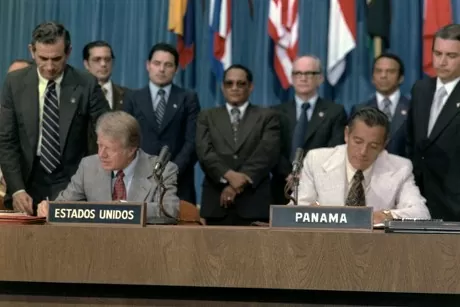 |
| US President 1977-1981 Jimmy Carter (left) and Panama's de facto leader from 1968-1981 sign the Torrijos-Carter Treaty on September 7, 1977 in Washington. (Source: Shutterstock) |
After its inauguration in 1914, the United States took full control of the Panama Canal and the surrounding land, forming the Panama Canal Zone, with Washington's infrastructure, military, and administrative forces present.
In addition to its economic significance, the Panama Canal also has important strategic value. The project helps the US easily move troops and goods between the two coasts, not only strengthening its military power but also increasing Washington's influence on the international arena.
However, this also caused deep dissatisfaction among the Panamanian people, because they believed that their national sovereignty was violated.
| "Every square meter of the canal and surrounding areas belongs to Panama and will continue to do so." |
Decades of disputes over the sovereignty of the Panama Canal led to protests, most notably on January 9, 1964, when students confronted US troops, killing dozens. This event caused Panama to temporarily suspend diplomatic relations with Washington.
Faced with the tense bilateral relations and international pressure that the US was under, the two countries officially started the negotiation process. After many years, on September 7, 1977, under the leadership of the then Panamanian leader Omar Torrijos, the country reached the historic Torrijos-Carter Treaty with the US under President Jimmy Carter.
The treaty laid out a 20-year roadmap for the smooth transfer of control of the canal to Panama, asserting the Central American nation's sovereignty over the waterway and pledging that the canal would remain neutral and open to ships of all nations in times of peace and war.
On December 31, 1999, control of the canal was officially transferred to the Panama Canal Authority , an independent national organization of the Central American country.
The transfer was not only a victory for Panama in terms of sovereignty, but also brought great opportunities for the country in economic exploitation. The canal is now an important source of revenue for Panama, contributing greatly to GDP and infrastructure development. It is also a symbol of Panama's successful political and diplomatic struggle in the international arena.
Today, the Panama Canal continues to play an important role in international trade. According to the Panama Logistics Portal's 2024 statistics, the Canal sees more than 14,000 vessels passing through each year, transporting more than 203 million tons of cargo, equivalent to about 6% of global maritime trade.
In fiscal year 2024, the Panama Canal recorded a total of 11,240 small and deep-water commercial vessel voyages, transporting 210 million tons of cargo.
How the world turns?
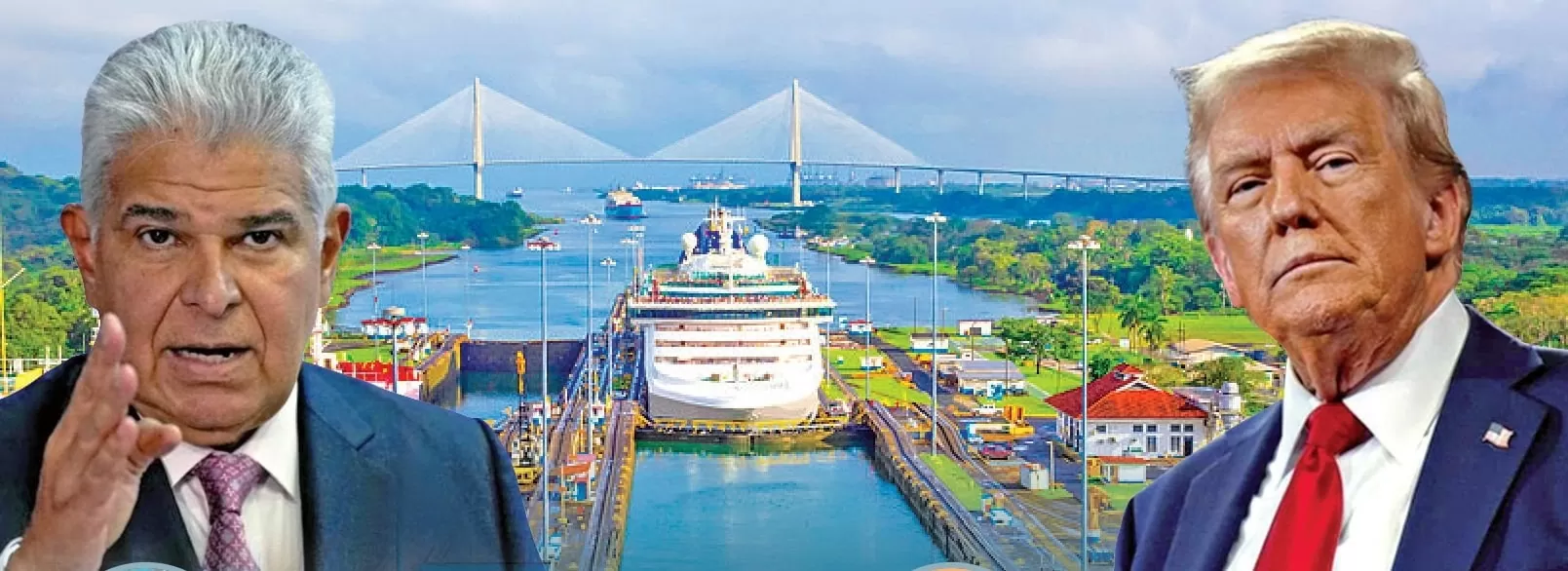 |
| US President Donald Trump is making waves with the Panama Canal. (Source: Newsroom Panama) |
After historical events in the past, the Panama Canal had gone through more than two decades of peace until December 21, when US President-elect Donald Trump accused Panama of charging "unreasonable" fees to parties using this waterway.
Panama charges ships passing through its namesake canal a toll depending on the size and purpose of the vessel, ranging from $0.50 to $300,000. The United States uses the Panama Canal more than any other country.
“Our Navy and commerce have been treated very unfairly and unwisely,” Mr. Trump complained on social network Truth Social .
The US president-elect warned that if Panama could not ensure the “safe, efficient and reliable operation” of the vital waterway, he would demand “the return of the canal to Washington, in its entirety and without discussion,” while also noting China’s potential influence on the route.
Responding to the threats of the US President-elect, Panamanian President Jose Raul Mulino firmly declared: "Every square meter of the canal and surrounding areas belongs to Panama and will continue to do so."
According to Reuters news agency, this is an extremely rare move by a US leader when declaring that he can push a sovereign country to hand over its territory, showing an expected change in US foreign policy under Mr. Trump.
The Panama Canal was fully transferred to Panama under the 1977 Torrijos-Carter Treaty, so any attempt by the US to regain control could conflict with international law and cause diplomatic tensions.
President-elect Trump will return to the White House on January 20, 2025, with “America First” at the center of his foreign policy. It is unclear whether he will pursue any further action to pressure Panama.
The future of the US-Panama relationship and of the world's most important shipping route will depend on how Mr. Trump approaches this issue.
Let's wait and see whether he will choose dialogue or continue to apply a hardline strategy?
Source: https://baoquocte.vn/kenh-dao-panama-chung-nhan-lich-su-ba-chim-bay-noi-trong-the-su-xoay-van-298494.html



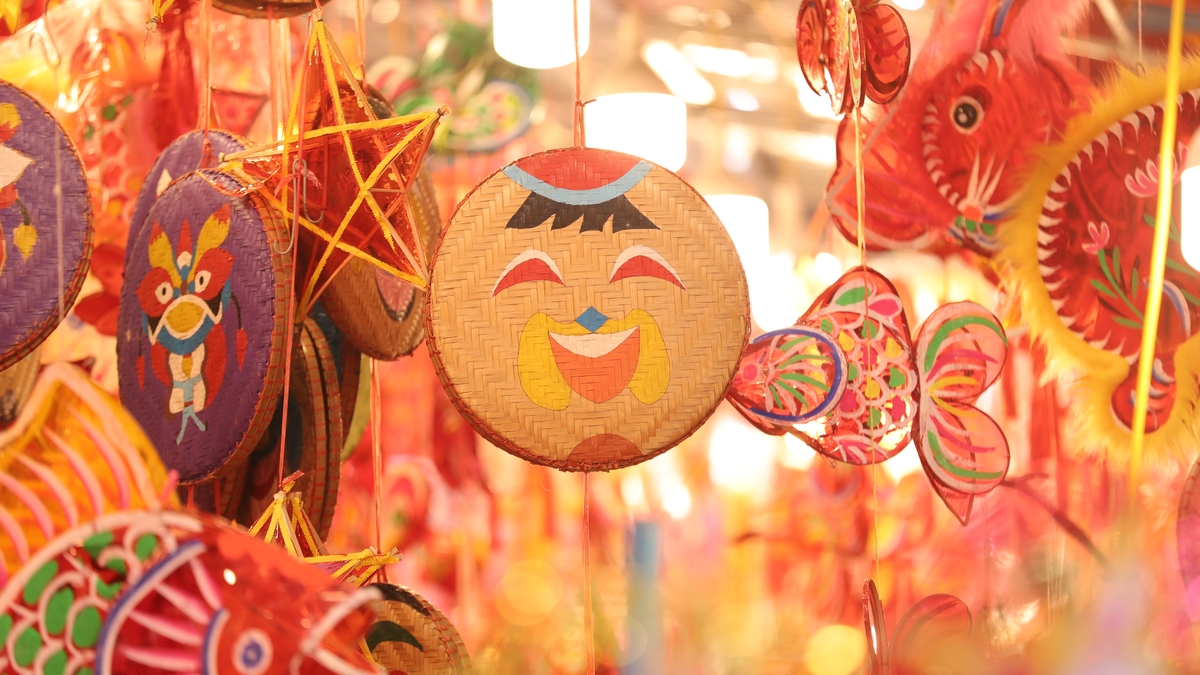



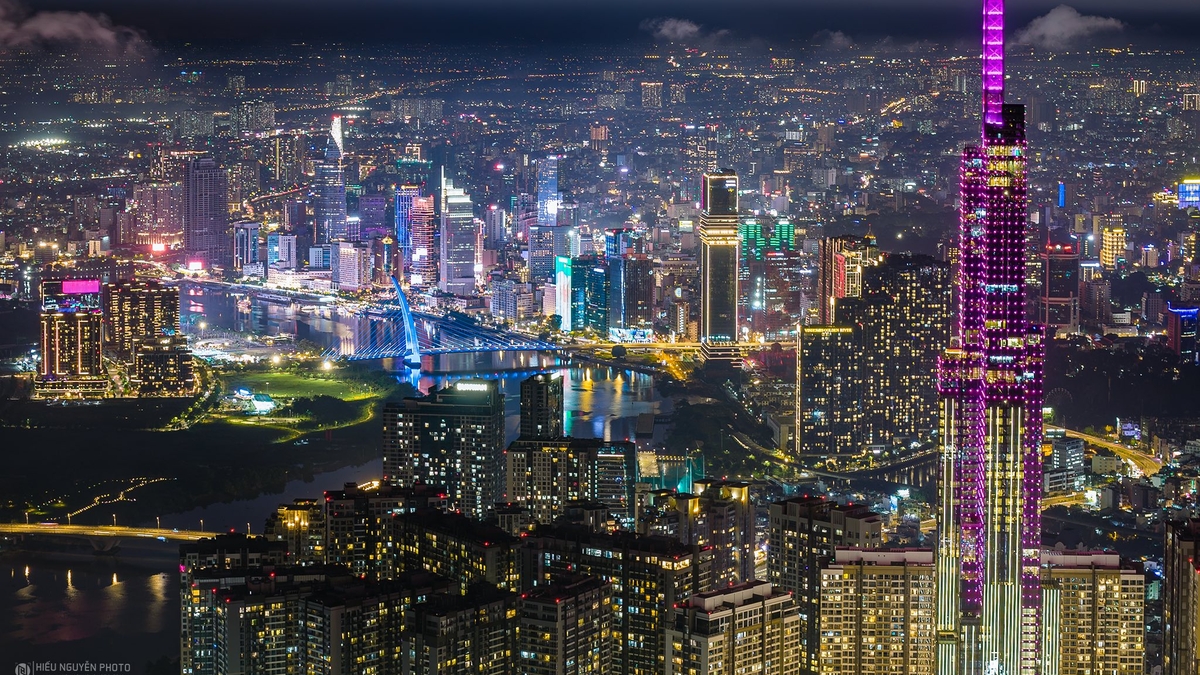
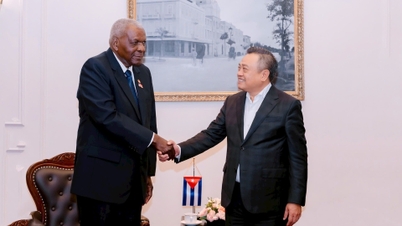

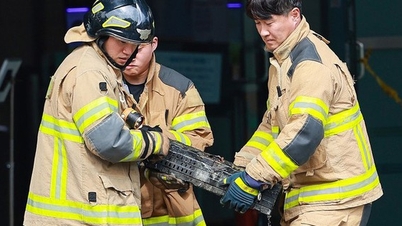

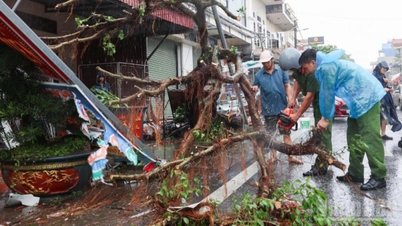
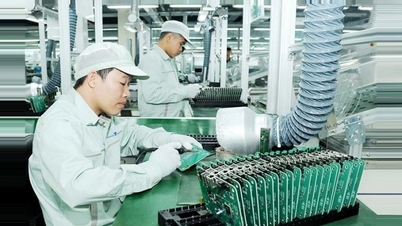
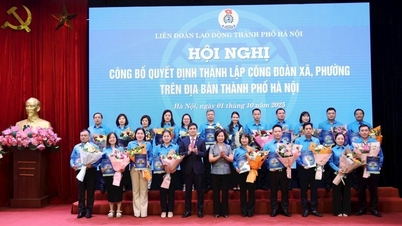
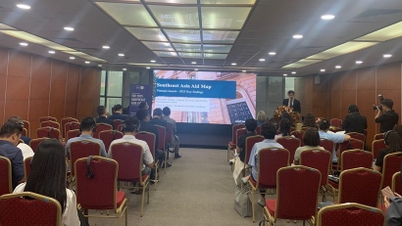


















































































Comment (0)